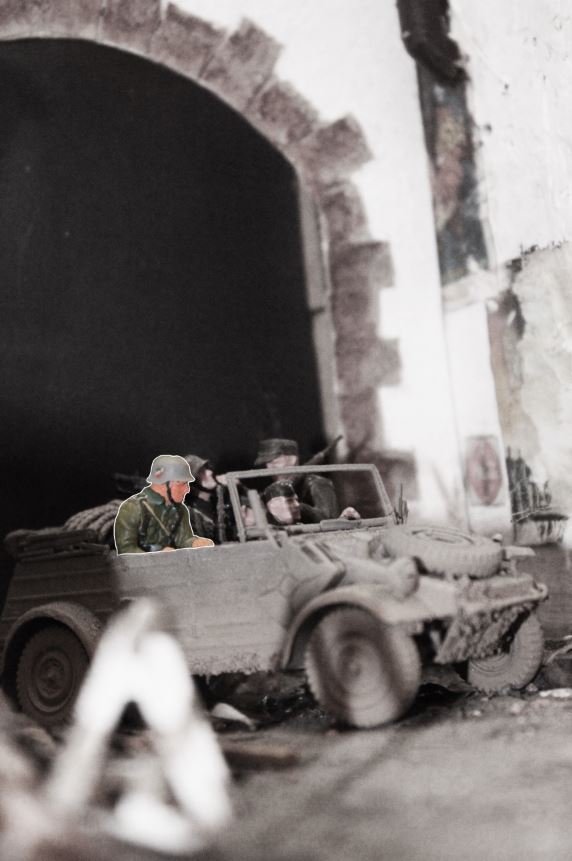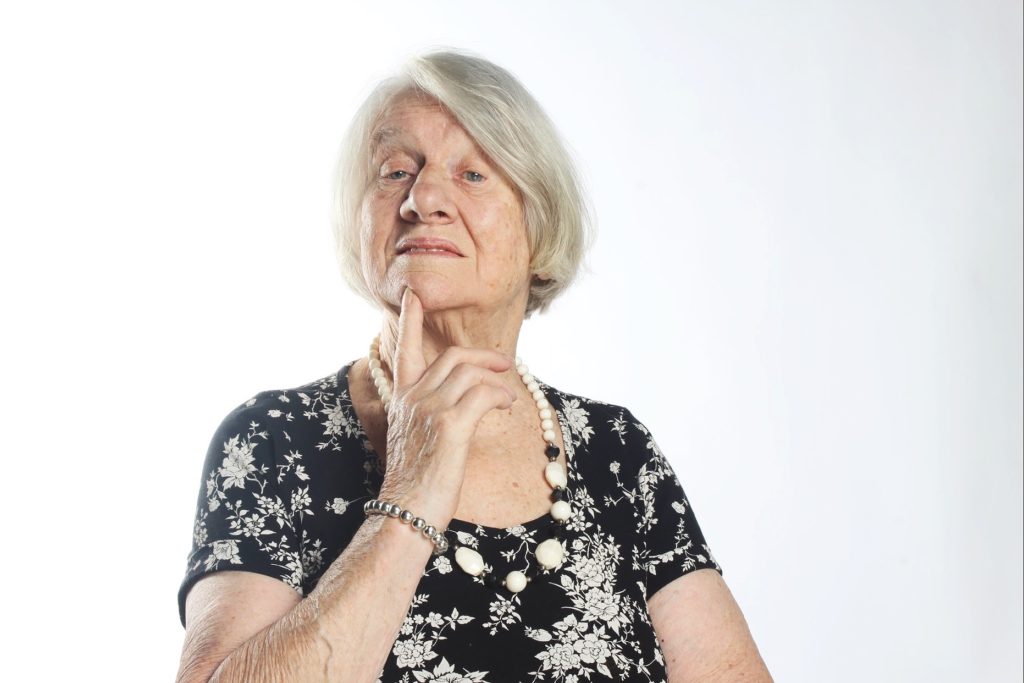

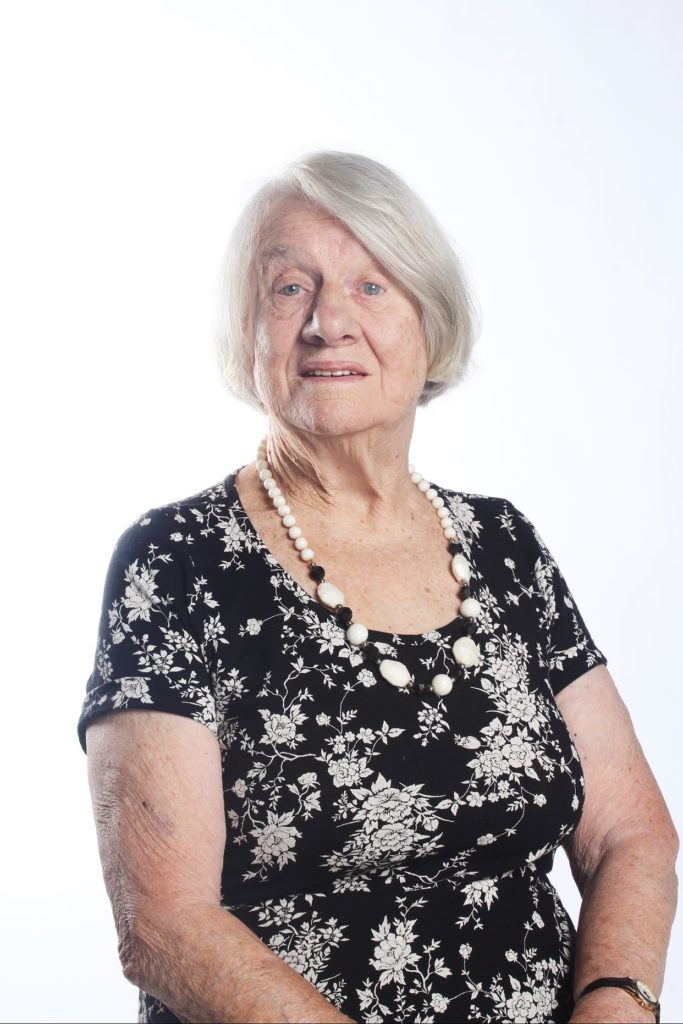



Similar to a standard portrait however you go to where your subject spends most of their time. Often somewhere relevant to the person’s passion. If you’re taking a picture of an artist, you’d show up in their studio and take pictures while they work. If taking a picture of a family member, you might pick the place that associate most to them and use that as your environment. A good environmental portrait should bring out your subject’s personality in a stylized way however it needs to be an exaggeration.
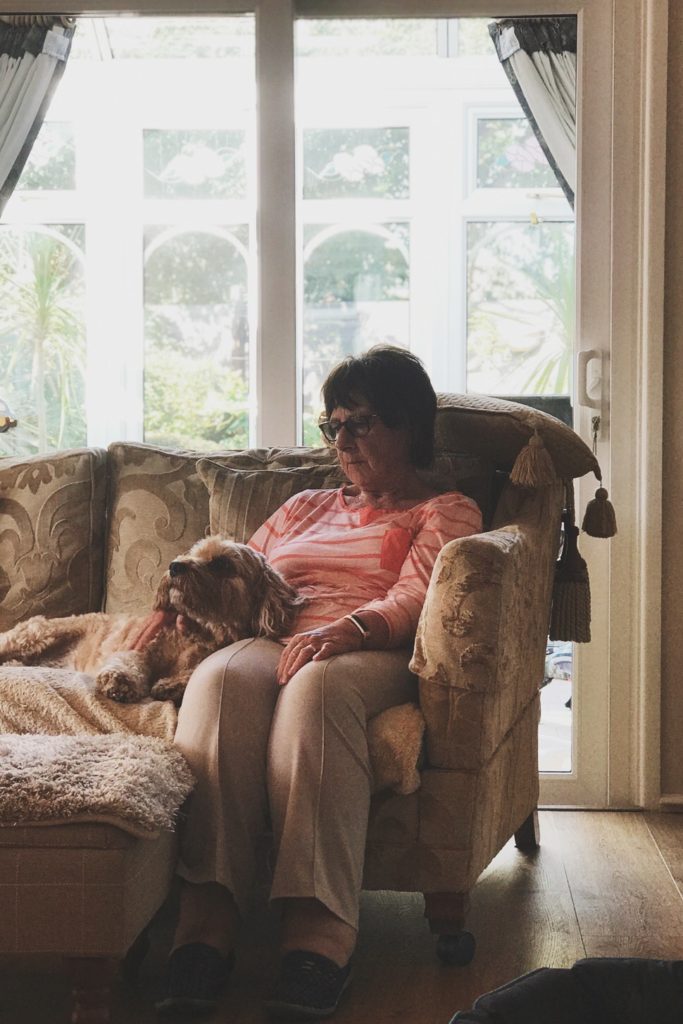

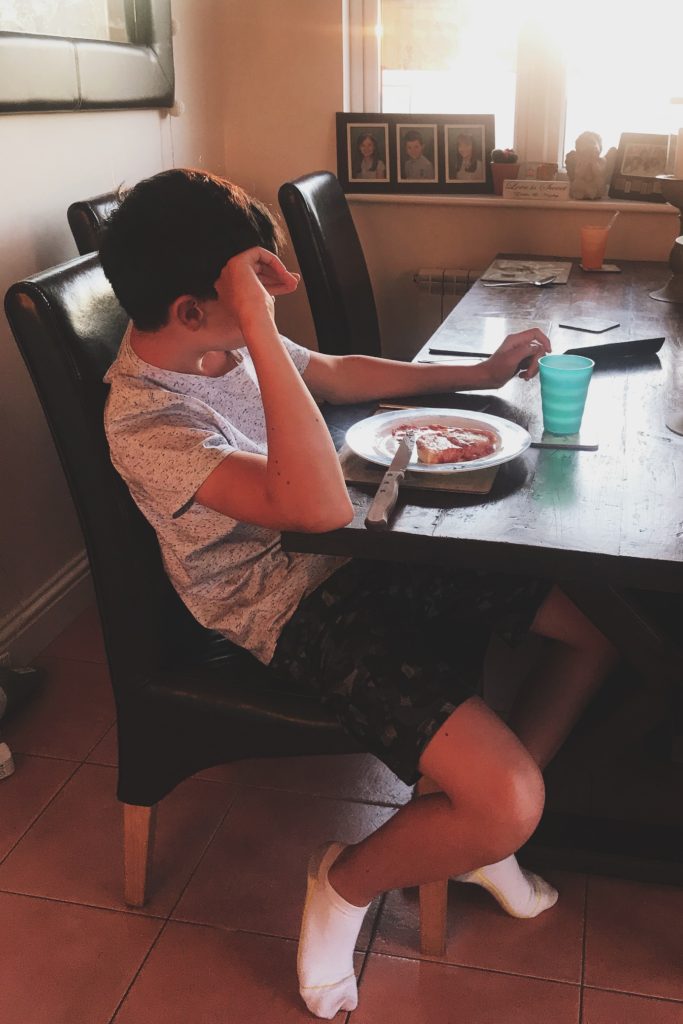
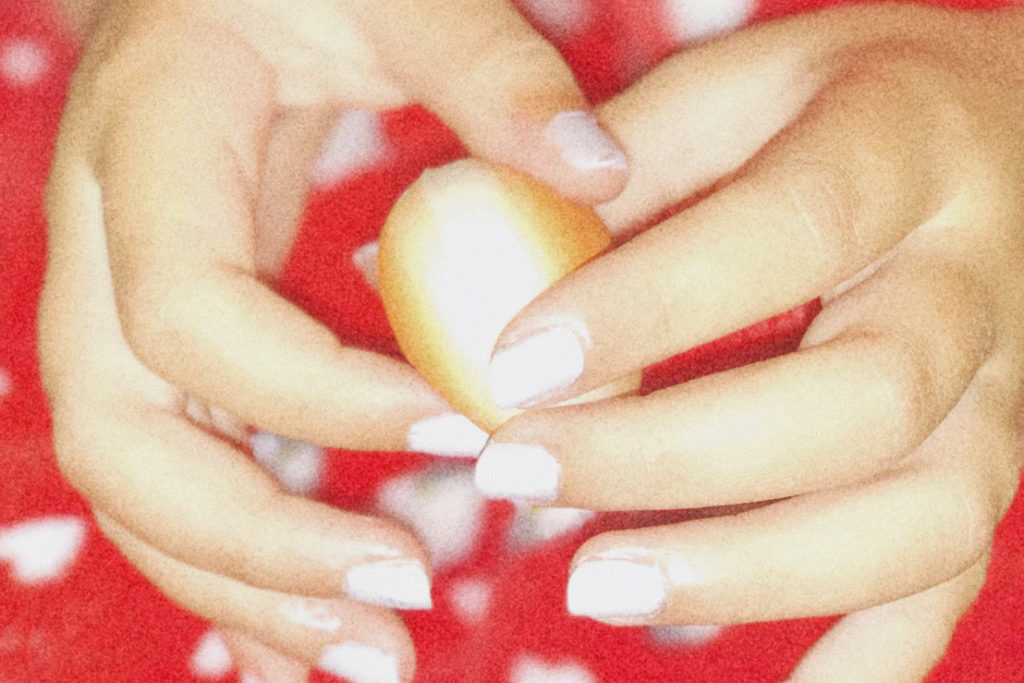
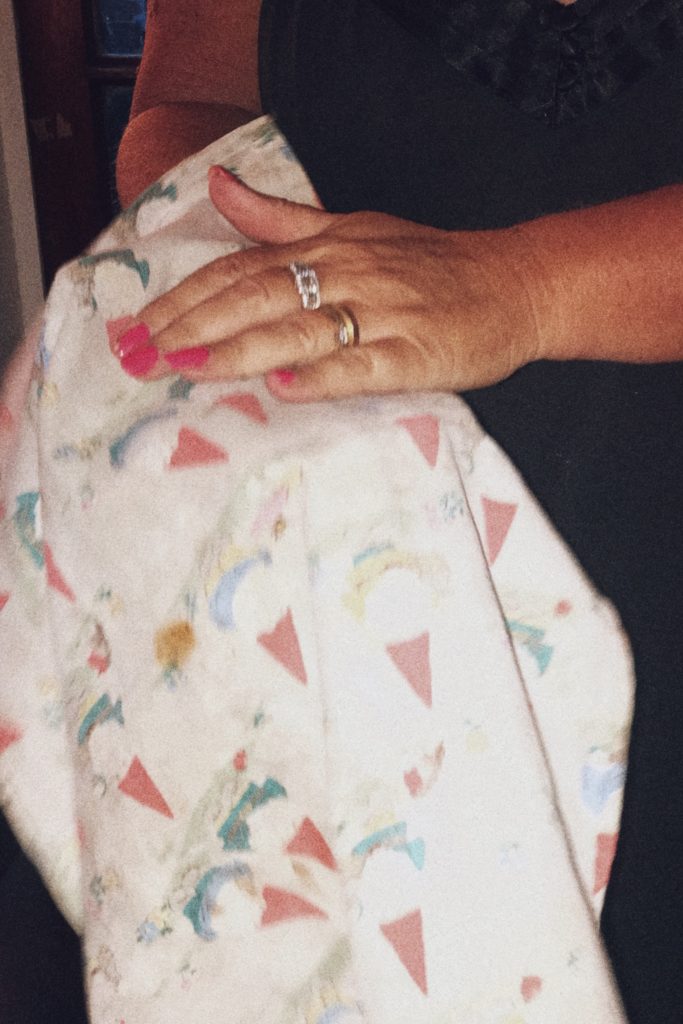
After we had learnt more about Joan’s history, we went into the photography studio to take some portraits of her.
Photoshoot process:
For this photo shoot we used a transmitter on our cameras in order to produce clear images. This transmitter caused the flash to go off when the shutter opened. In combination with this I used an ISO of 100, and my exposure time was 1/125.
Image selection
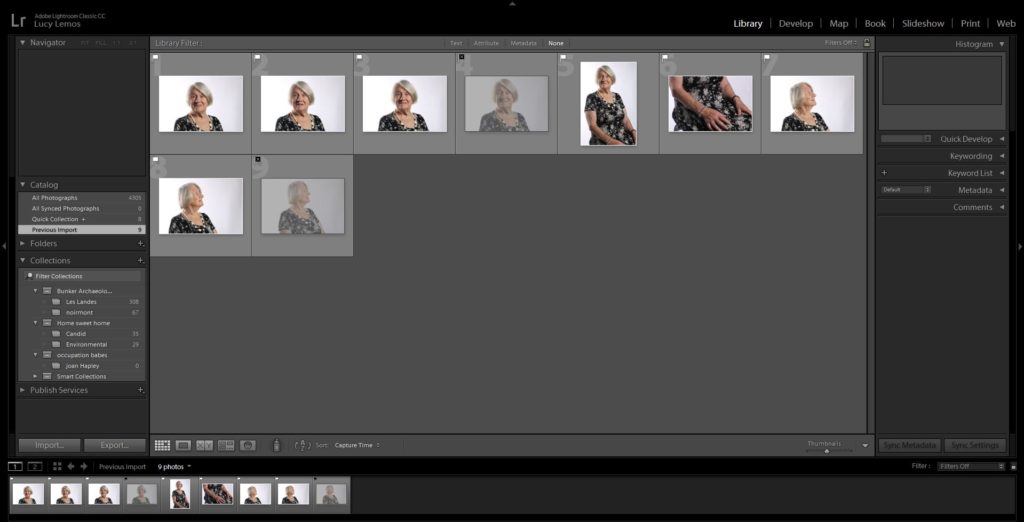
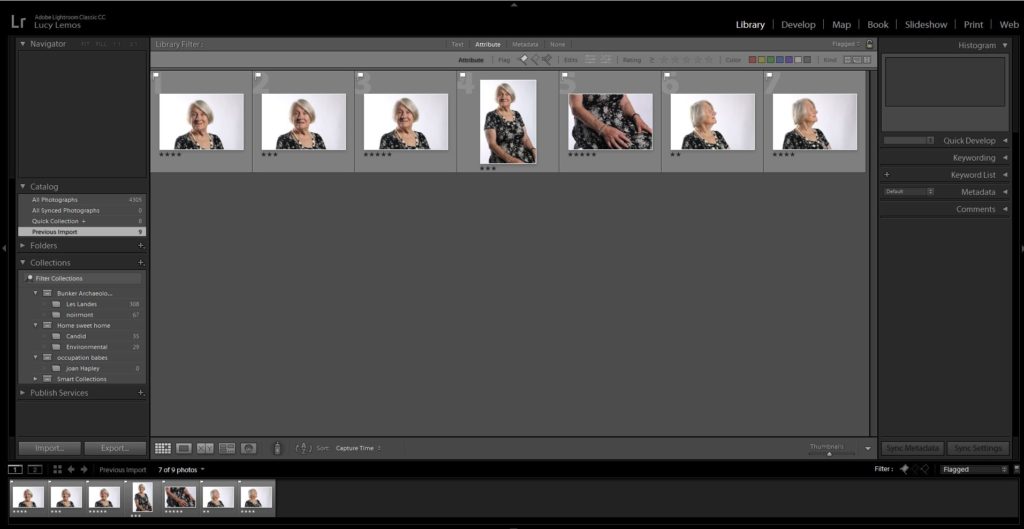


Before:
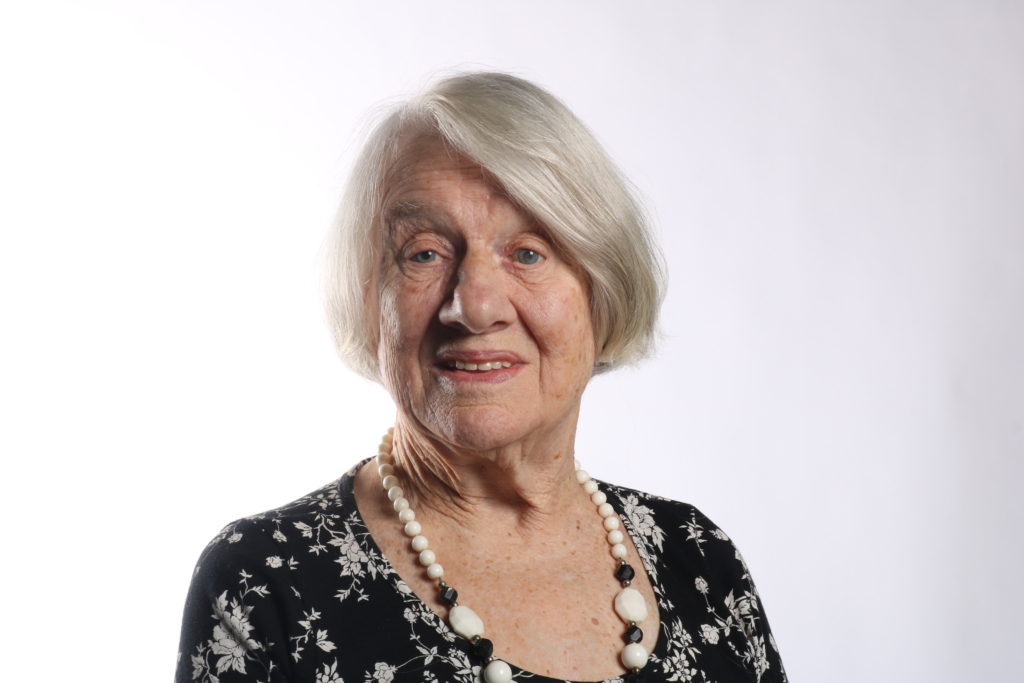
After:

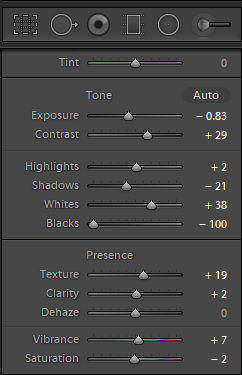
Before:

After:
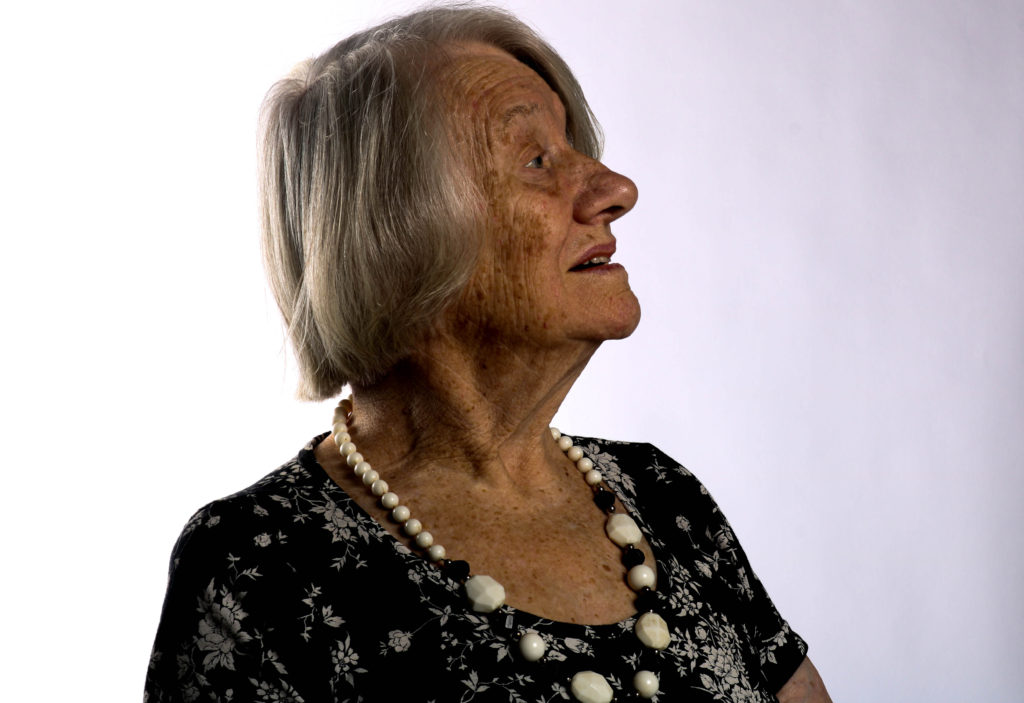
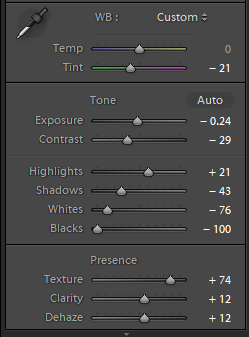
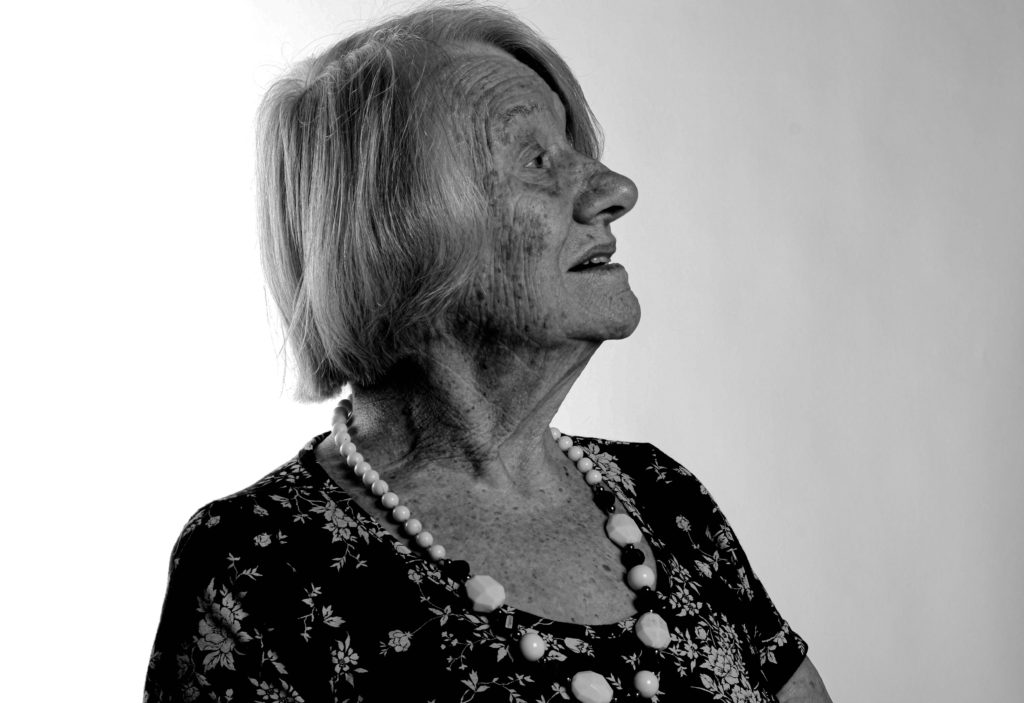
Jersey War Tunnels tells the true story of wartime Jersey. It’s the best place to get a true picture of what life was really like in Jersey during WWII. The exhibition is housed within an underground tunnel complex, built by the Germans using slave labour.
My selection process:

Here I’ve roughly flagged the images which I like and dislike, and went from 422 images to 102


Here, I went through the flagged images again and went from 102 to 42 images.

Here I went and colour coded the images with red being most likely nto going to use, yellow might use, green most likely to use.
These are a few of the images I took at the tunnels and have edited:

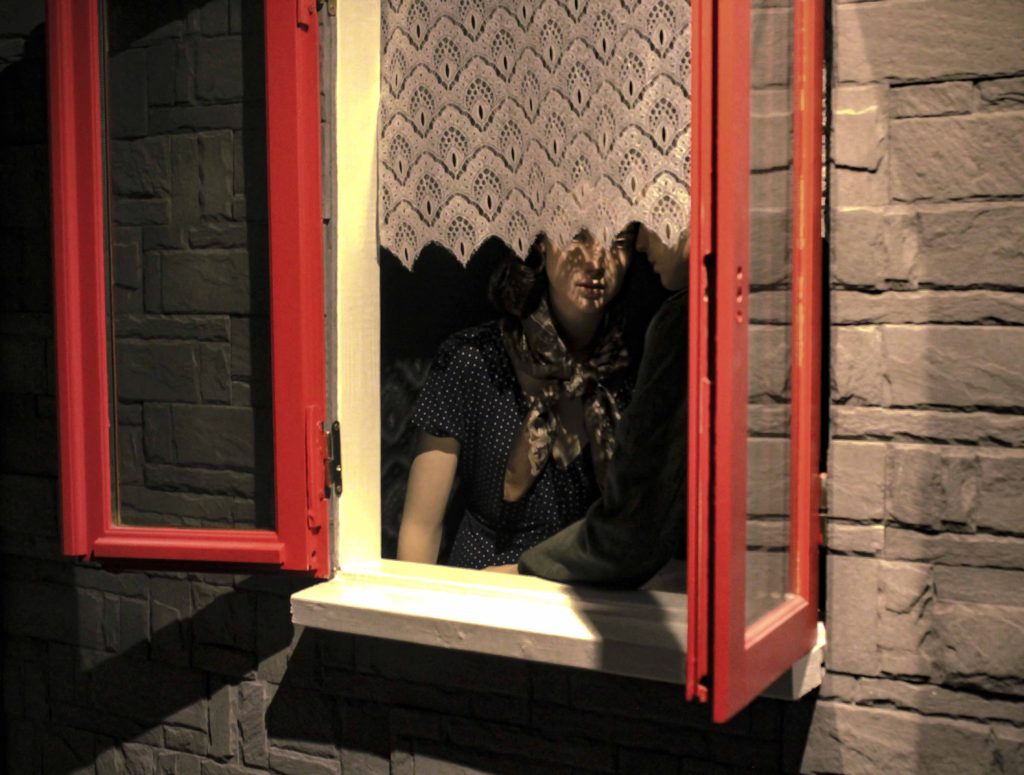

After listening to Joan Tapley’s stories about her experiences during the German Occupation in Jersey, we were given the opportunity to photograph her in the studio. In the studio I used the manual mode to capture portraits of Joan. I set my IOS to 100 since the image was captured in a bright scene and had my aperture at F16 for a large depth of field. My shutter speed was at 1/125. These adjustments made my settings appropriate for studio photography.
In order to capture images of Joan, we used a two point lighting setup. One light faced towards Joan and one was illuminating the white backdrop. This allows the photographer to manipulate the lighting of the image so the subject can be illuminated in various ways and to either emphasise or eliminate shadows. The Key light is the most important light a photographer will use in a lighting setup. the purpose of the key light is to highlight the form and dimension of the subject. We also used a flash trigger which is a method of achieving flash sync without the need for a wired connection between the camera and the flash units illuminating the scene.


I wanted my images to conceptually represent Joan as a Jersey citizen who has experienced a lot during the German Occupation. To create a dramatic yet historical effect to my images, I decided to convert my photos into black and white. The filter represents the time period during World War 2 since only black and white film was available.
Hearing Joan’s stories of what life was like during the German Occupation has allowed me to gain a better perspective of what life must have been like during World War 2. I believe my images manage to contextually showcase Joan’s stories. Overall it was a nice and informative experience since she explained her stories in detail and cooperated well during the photoshoot.
Bob Le Sueur:
Bob Le Sueur was only 19 years old when the German’s occupied Jersey Channel Island’s. During the 5 years of occupation Bob accomplished many things, but importantly he helped to assist Russian’s escape the prison in Jersey , which he was commemorated for by receiving an MBE later on in his life. During this time period he worked as an insurance agent, allowing him to move about. Soon after Bob decided to become an English teacher at Hautlieu school. Allowing Bob to come visit us at Hautlieu not only brought nostalgia to him but also allowed him to share his storied surrounding the topic of the Occupation and his political view points during this time.
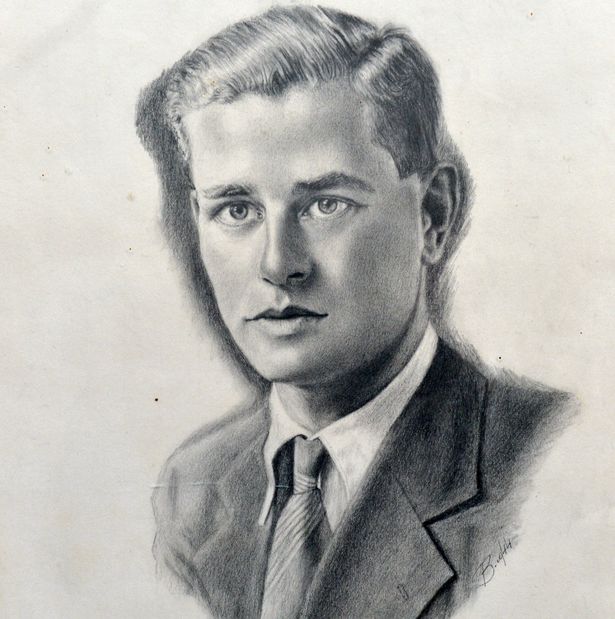

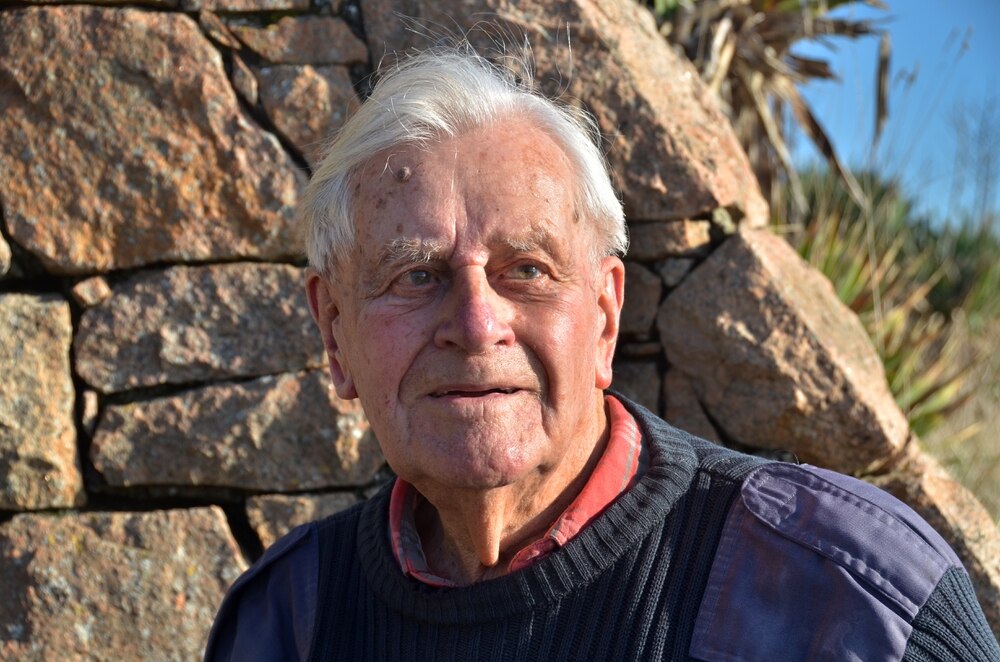
To this day Bob can be considered a busy many, as he is constantly doing interviews to share his stories and heroic acts during the Second World War. Many more of his stories can be found online in video interviews, with some of them being linked below.
“People in every part of the world are extraordinarily alike, with basic human values”
Bob Le Sueur
The Stories:
Le Sueur provided three different stories, almost in a chronological order of events during the war, the first being set of the morning of the German’s arrivals. That particular morning he remembered being awoken too bomb plane dropping two cylinders, connected to parachutes, which contained messages to the command force in Jersey, at this time their was no command force in Jersey, which meant the messages where taken to the Bailiff. The message said that the island had 24 hours to surrender otherwise there would be a carpet bombing onto the Island. This message lead to an emergence sitting at the states, to which they all decided to surrender. During this meeting many stood in anticipation outside the states, in the royal square. The woman believed that when the German’s occupied the Island they would be raped before nightfall, which created an unnerving and negative atmosphere to the already nightmarish situation. Soon after the Bailiff announced that the Island was going to surrender and allow the German’s to occupy.
“When this is all over we must hurry back home and barricade doors”
Two ladies waiting in anticipation – Bob Le Sueur
His Second story was set around the middle of the occupation, and was about a Russian student being hidden by two Islanders, in protection from forced labour and slave work. To set the scene he explained how one of the Russian’s was on his way home from school to which he was escorted onto a train and transported over to Jersey, leaving his parents clueless as to where his child was. He informed us how they managed to get this Russian a fake identity card, allowing him too have freedom and roam the streets in Jersey. This short story was interesting and gives us insight into his heroic acts during the occupation which lead him to the MBE.
“Liberation day was a day islanders knew was coming.”
Bob Le Sueur
The final story told was the day of liberation. His crystal set radio, hidden around households, informed him that Berlin Fell April 30th, and on May 1st was the important labour day in Soviet Union. Further to this the JEP informed islanders that Hitler was announced dead. On the 9th of September at 7:14am the papers of surrender were signed on the deck of the British destroyer at St Peter’s shore. On the day of liberation him and his friends where cycling up to see the shop, when his tire broke, due to the make of his tyre the noise created sounded like pistol shots. When this happened they where cycling pass two German soldiers armed with guns, this lead to everyone around him dropping to the ground. The soldiers lifted their guns and pointed them at Bob, to which they ended up laughing with Bob towards the situation, leaving a happy last memory of the German Soldiers on the day of liberation.
“I wanted to go shake the hands of the German Soldiers.”
Bob Le Sueur
Photoshoot Planning:
After hearing Bob stories about his memories of the war, we were then given the opportunity to photograph Bob in the studio. This allowed me to revisit studio photography and the artificial lights used within the studio environment. Capturing these images, I used a two point lighting set up, one facing straight on at Bob and one behind him, allowing the whole background to be completely white with no grey offsets. In addition I had my camera on Manual mode with the shutter speed being set at 1/125 and my aperture being at F16, making the settings appropriate for a studio photography. In terms of the style of photography, I would say the photographs fall into studio and documentary due to the nature of me building a relationship with the subject, and capturing his story within a portrait. I will be exploring capturing Bob, using head shots, half body and 3/4 body shots in order to capture my subject. I will be also experiment with the positioning of my model in order to create different effects, as well as the positioning of me and the angle at which I am capturing Bob from.
Edits:
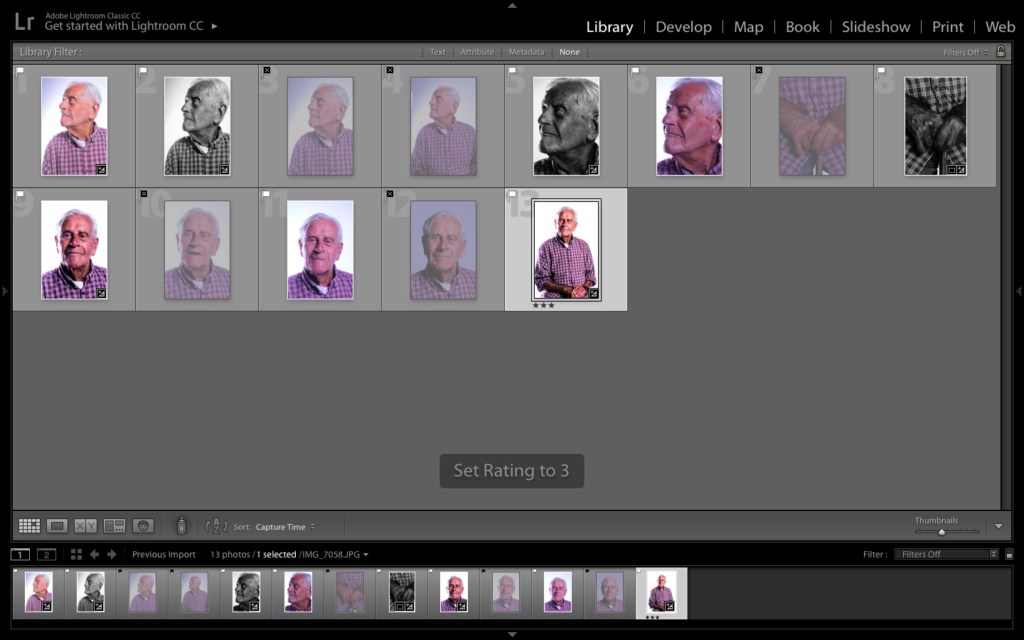
Colour Edits:
For my colour images I selected a half body and 3/4 body shot in order to showcase Bob. To edit them I corrected the white balance, and then adjusted the contrast, highlights, blacks and whites till I was happy with the outcomes. These two photographs are successful as they show the detail of Bob’s skin and his eyes almost draw you into his story and I believe showcases his inner thought and mind. This clearly presents his intellectual and political personality and his thought provoking stories.
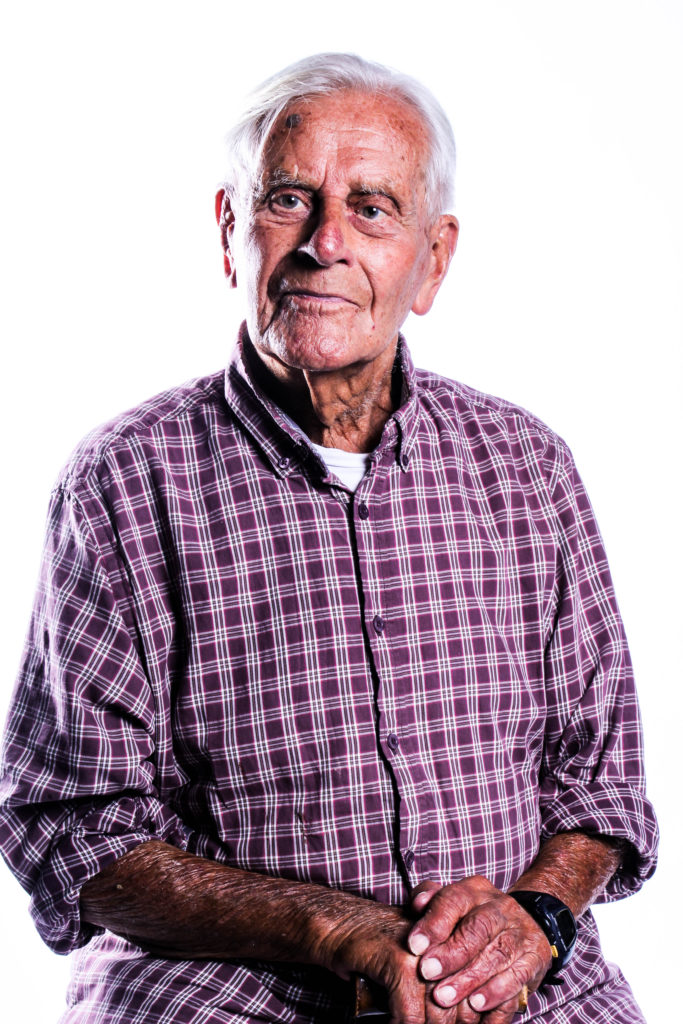
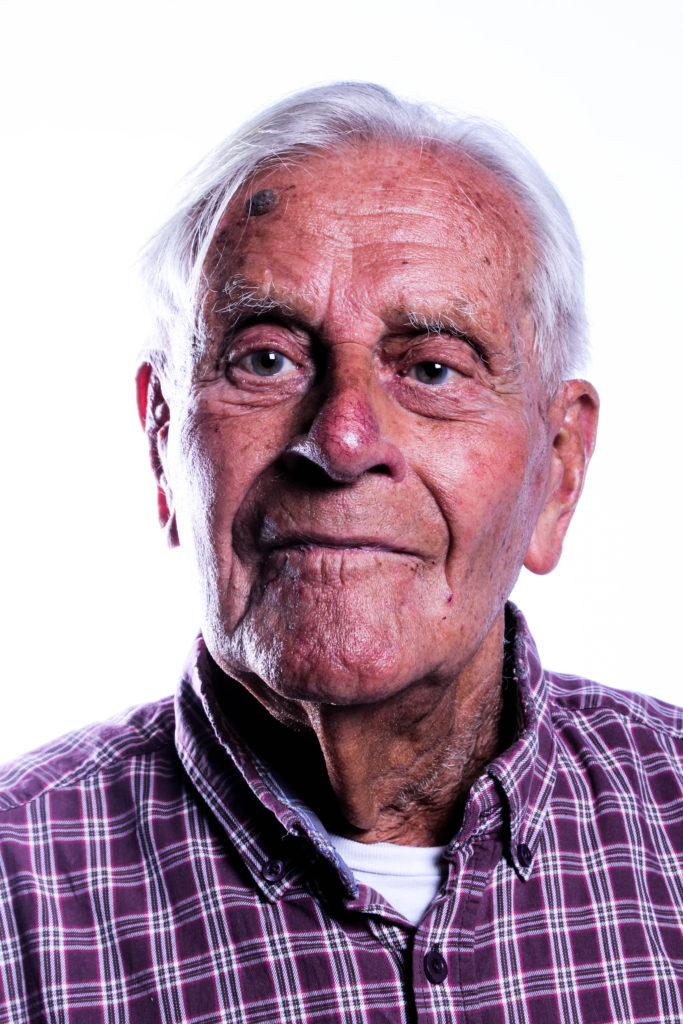
Black and White Edits:
For my black and white images I selected a 3/4 body shot (headshot) and a close up of Bob’s hand’s and cane. To edit them I corrected the white balance, and then adjusted the contrast, highlights, blacks and whites till I was happy with the outcomes. The photograph of the hands is successful as I have utilised the close of his hands to create a textural sense, which in itself presents Bob’s stories and have many conceptual representations based on his life. In addition, the headshot in black and white helps to present tonal contrast and a textural sense, creating an interesting photograph to look at
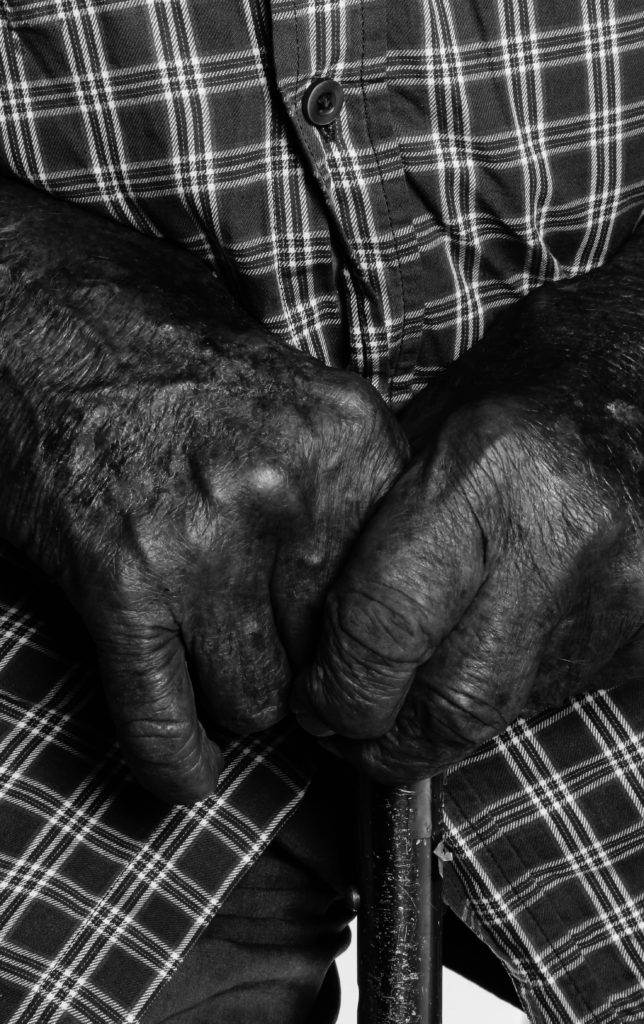
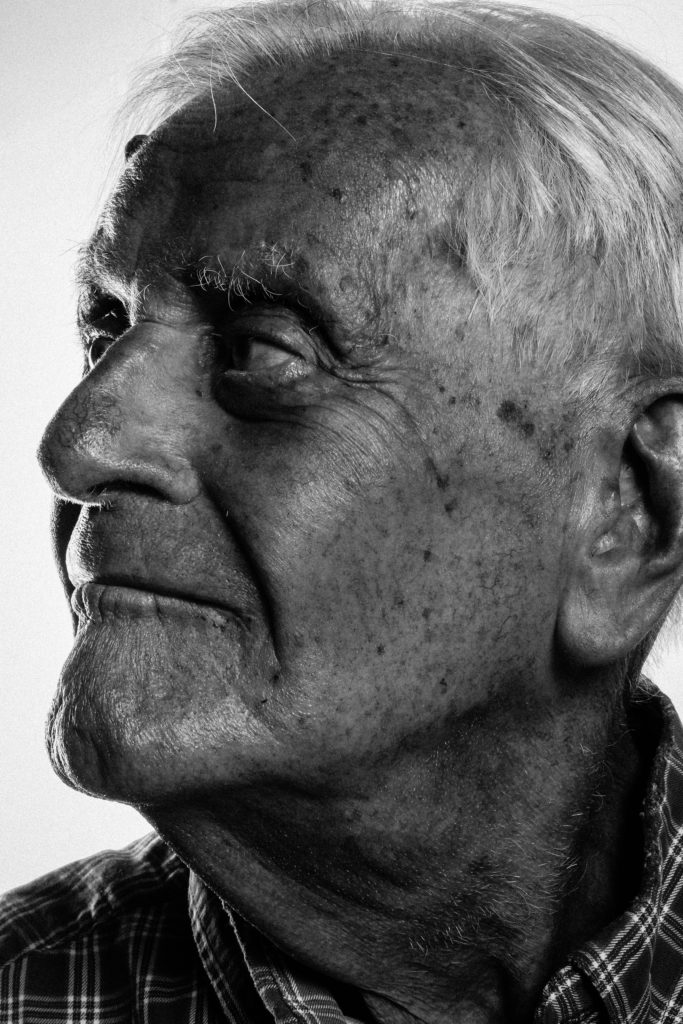
Evaluation:
Being able to explore Bob’s story has allowed me to gain a better understanding of what life at war was like, as well as first hand experience of a young man who lived through this period of time. I believe my imagery has managed to capture these stories, in a subtle way, allowing strong conceptual and contextual elements to be presented through my work, showcasing meaning. In addition, I have been able to extract quotes from Bob’s interview, in verbatim, which will help enrich my further studies as I explore Occupation and Liberation more. To conclude, I am happy with the imagery produce on top of exploring Bob’s life at war and produce strong evidence of further research.
Stories from Occupation:
Was 6 when the occupation started, lived on the north coast therefore saw the French coast and heard the bombing in France.
Some people believed that the government had sold the Channel Islands to the Germans.
The people had to put up white sheets and blankets to show the Germans that they could enter.
Mother and neighbour come over Joan and said to go over where it was more protected, e.g. the bushes, they heard bombing, they soon heard that some people where killed by Victoria avenue.
Les platons was the highest point in jersey, was useful for the German, they could shoot France from that point.
All people had to have a ration book, they lent theirs to somebody but never gave it back, people tried to get more of everything, e.g. 5grams for her father and mother as she registered at the farm across the road.
The Germans introduced a curfew for people who lived in the military zone therefore you must be back in your houses by 9pm in the winter and 10pm in summer and you couldn’t leave before 6 in the morning.
The island then had to introduce blackouts, as they weren’t allowed any lights, one night when they wanted to see the stars, they had to remove the blackouts from their windows, it was a Scarlett effect.
Because the food rations were tight the word Substitute became a word during the war, parsnip was cooked until brown, and they had to cut them down, and pour boiling water on it, they called it substitute coffee/tea.
German changed the currency to their own one which was marks and pfennig. And the hop owners would have to weight out and count how much you have, they told you how much it was in your money and then they translated it to the German money therefore it was making it harder for the shop owners.
Owners had restrictions on what they could grow, and the Germans would have to come and check if you were following these orders. People were finding it difficult on their rations.
Families would go and collect the remaining corn left over from the harvests in the august, the woman would wear a sac apron and they would pick it up, they would have to keep this quiet from the Germans or overwise something would happen, if they had corn left over they would take it to the mill where they would mill, the woman would pretend they are pregnant if the Germans would stop that was their excuse. People would create a bag the size of a mattress and that’s how they would hide the corn.
Joans dog Tess was used to pull things around for the family, coal was impossible to get, tar was used rather than coal. Then the Germans started to allow coal type things called nuts which was used to heat stuff e.g. fires, cooker.
If u abided the German rules you would get treated well, 95% of the population did get on well with the Germans, however if you didn’t you wouldn’t get treated well.
Liberation Day:
8th of May, father went to work in town boss told them to go home as the war was over, came home, ¾ of way home passed a distance for cousin’s farm and told him about it. The lorry which was hidden by the cousins was brought back out. All the family went into the town, they saw lots of cars and lorries along Victoria avenue, parked the lorry at people park. Everybody got off except gran who was soaked from the baby.

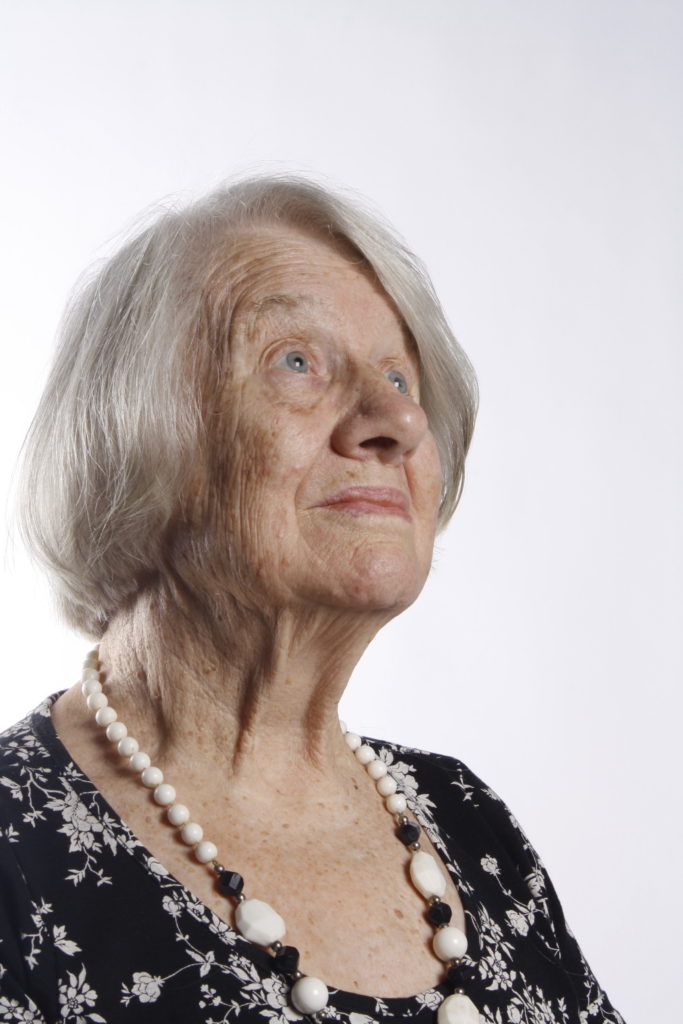
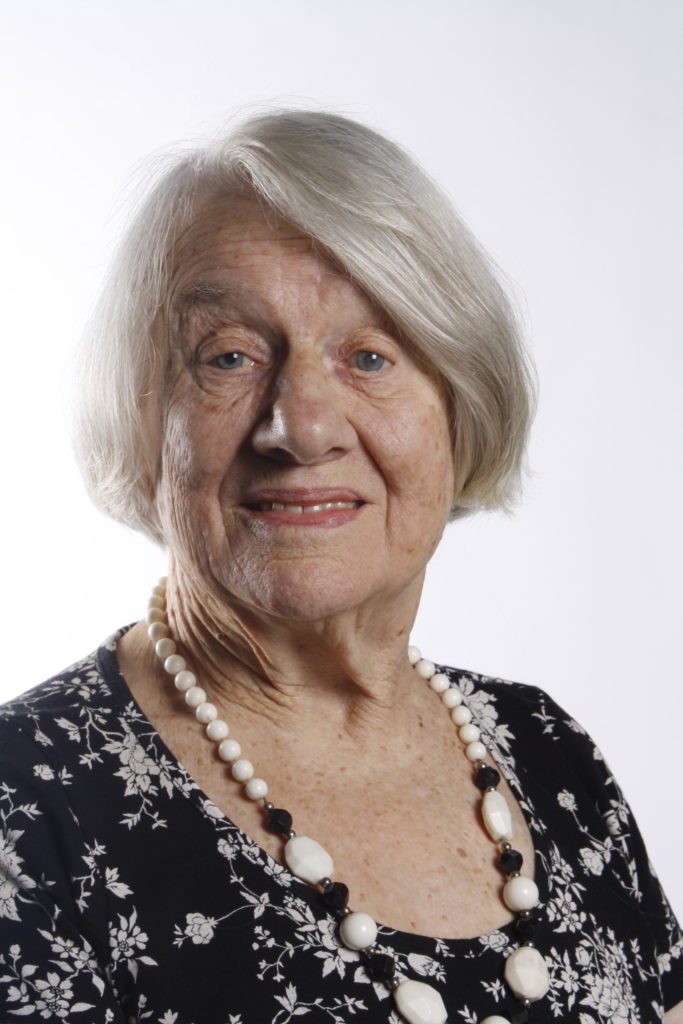
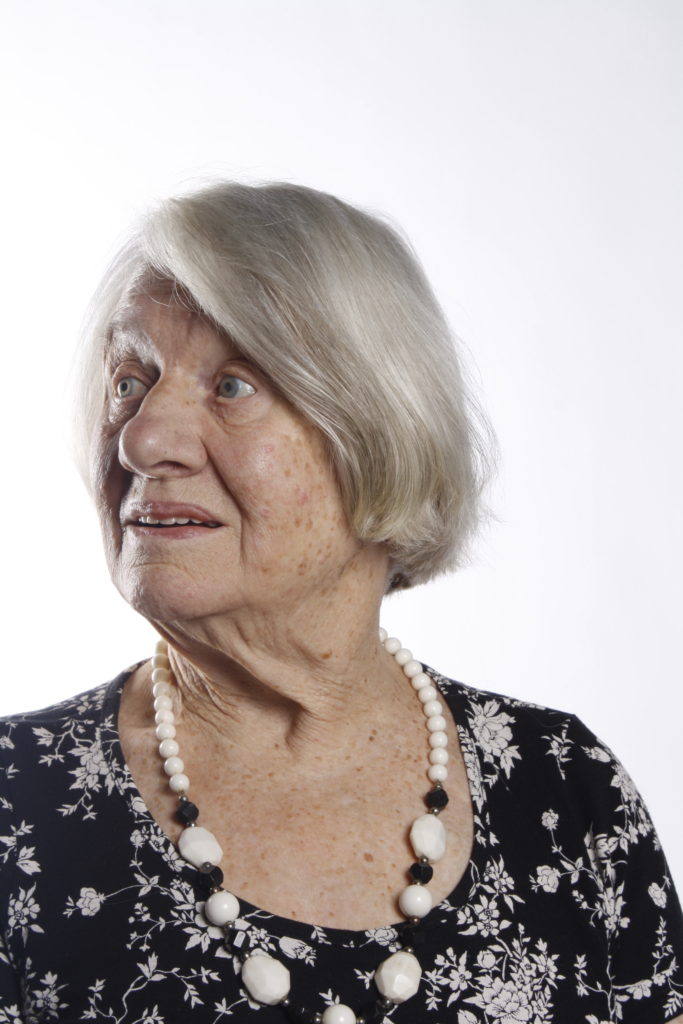

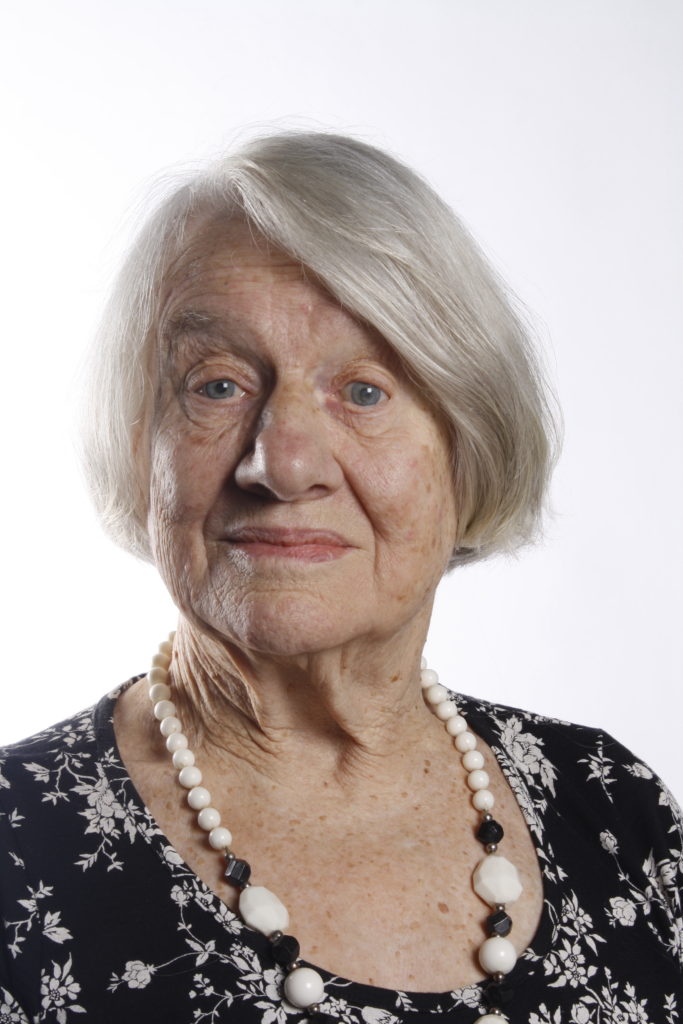




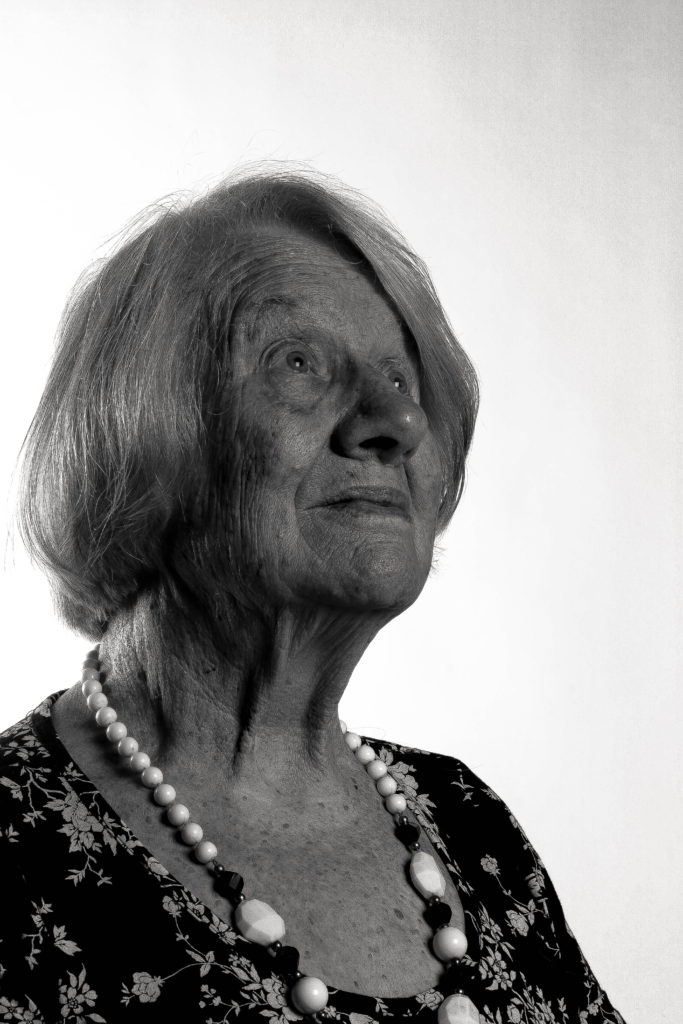


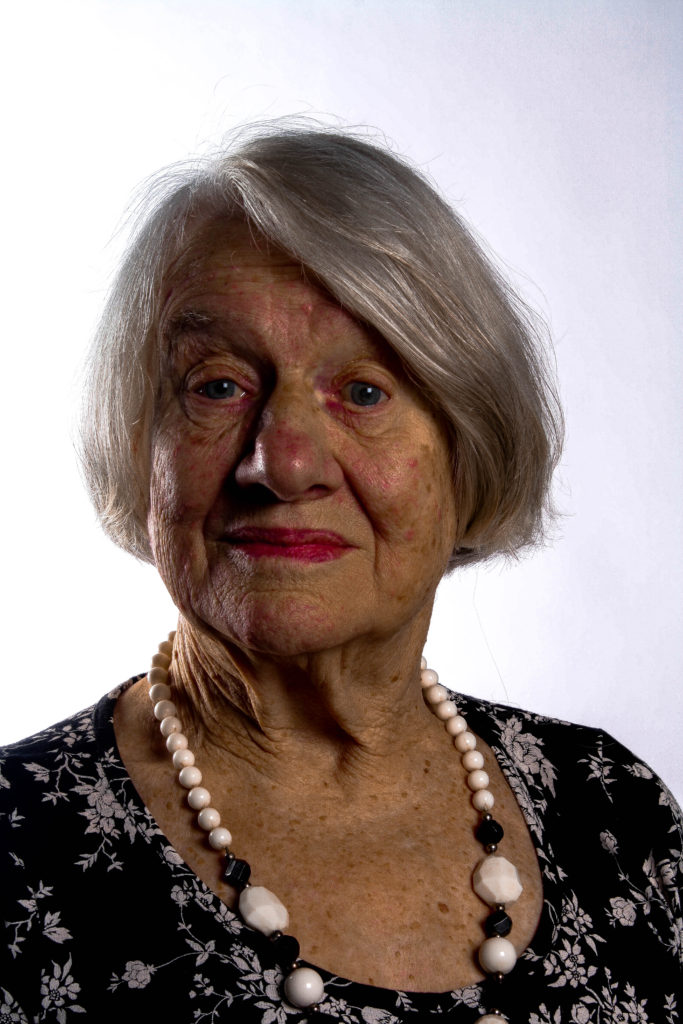
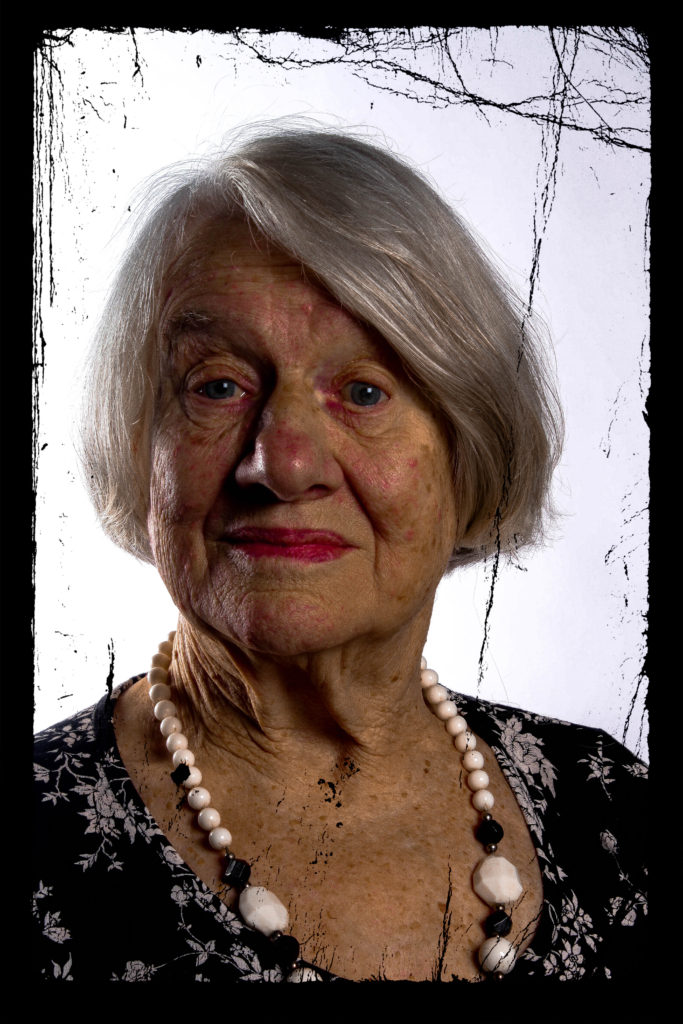




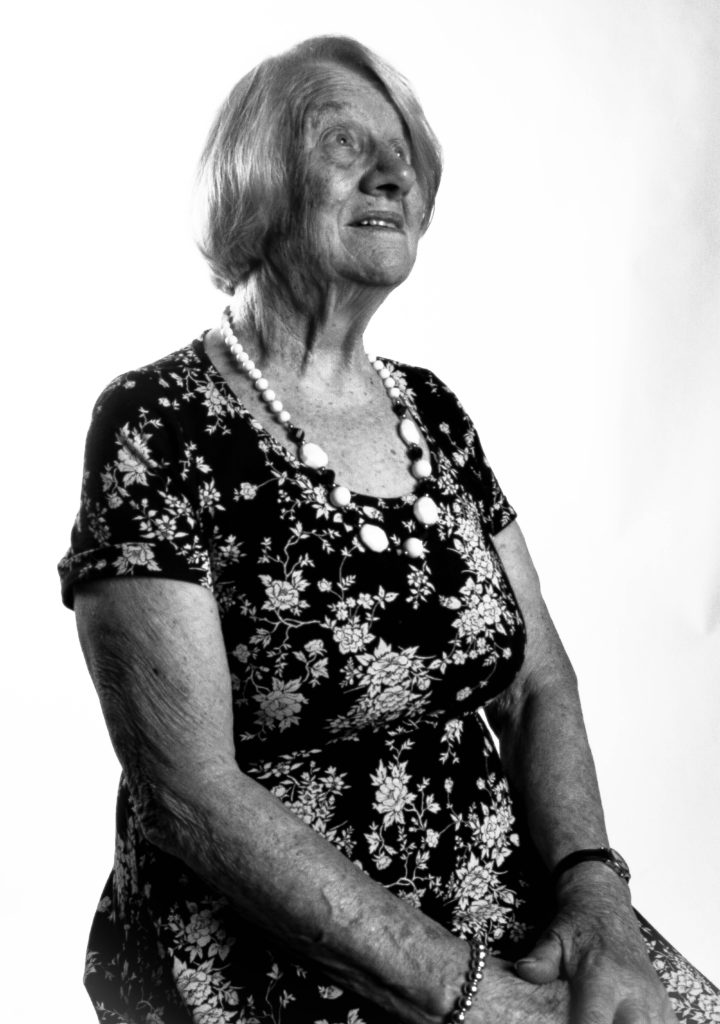
Within the photoshoot I took my subjects into the environments which they can be found in the most, as well as placing them in locations to which they are comfortable and found the most. In this photoshoot I tried to keep the atmosphere relaxed, doing this allowed a more naturalistic representation of my subjects in their natural environment, giving an accurate representation of their personality. In addition, I also used artificial lighting found around the house, which would naturally be on when the subject is in that room, however I did set up some lighting to ensure the face of the subject was fully lit, and created a home and welcoming atmosphere.
Edits:
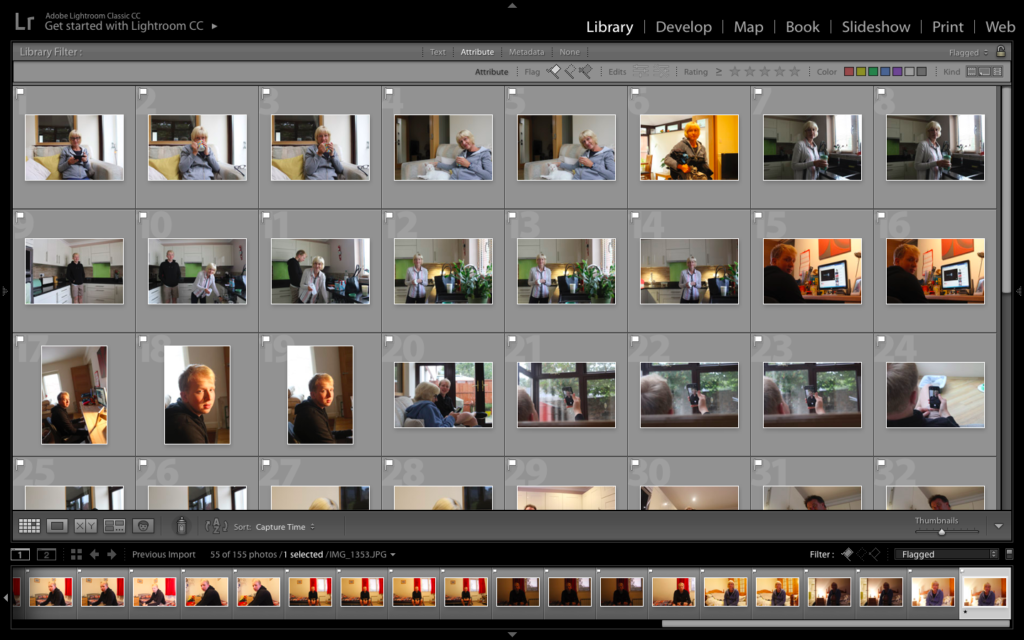
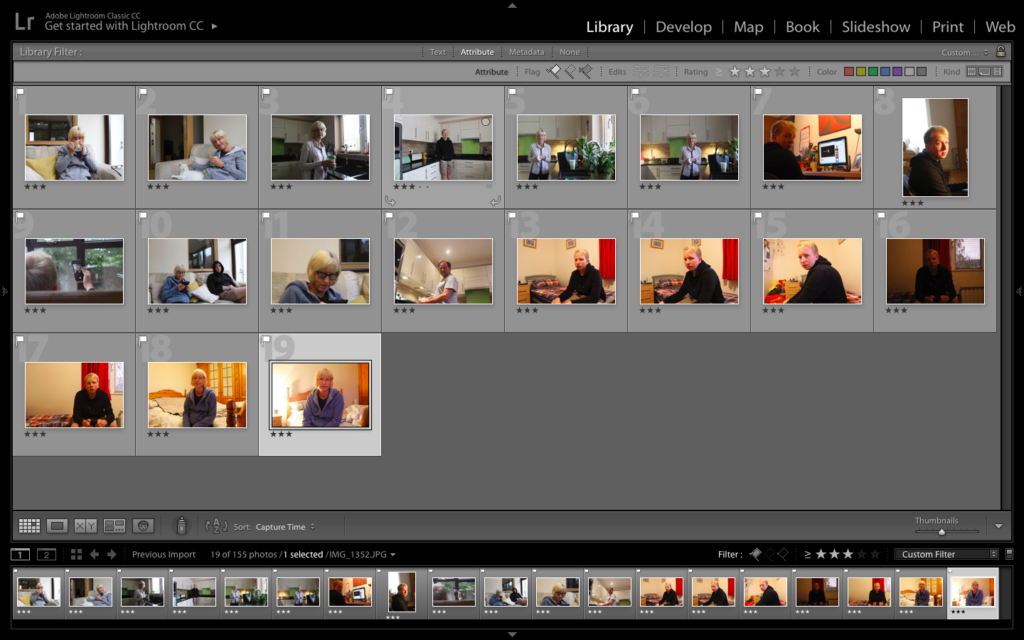
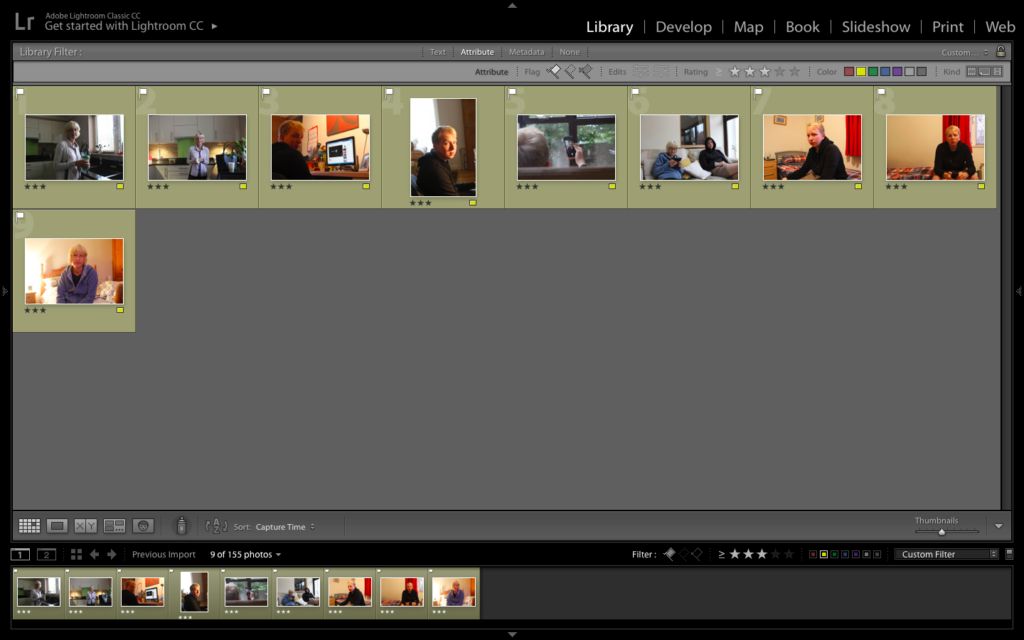
Colour Edits:
For my colour edits I chose photographs, in which the artificial lighting was manipulated for effect. To start off I began by adjusting the photographs by correcting the white balance, adjusting the white, blacks, contrast and structure. Then using the radial filter, which allowed my subjects face to be the main focal point of the image. It allowed me to adjust the background of the composition, allowing my subject to be illuminated and centre of attention
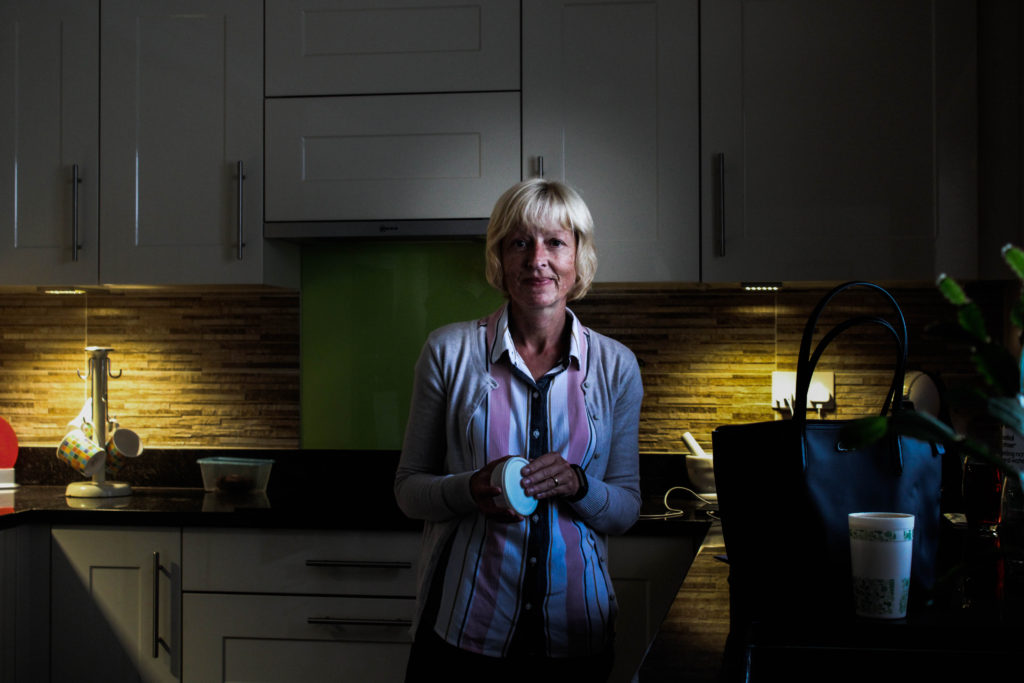
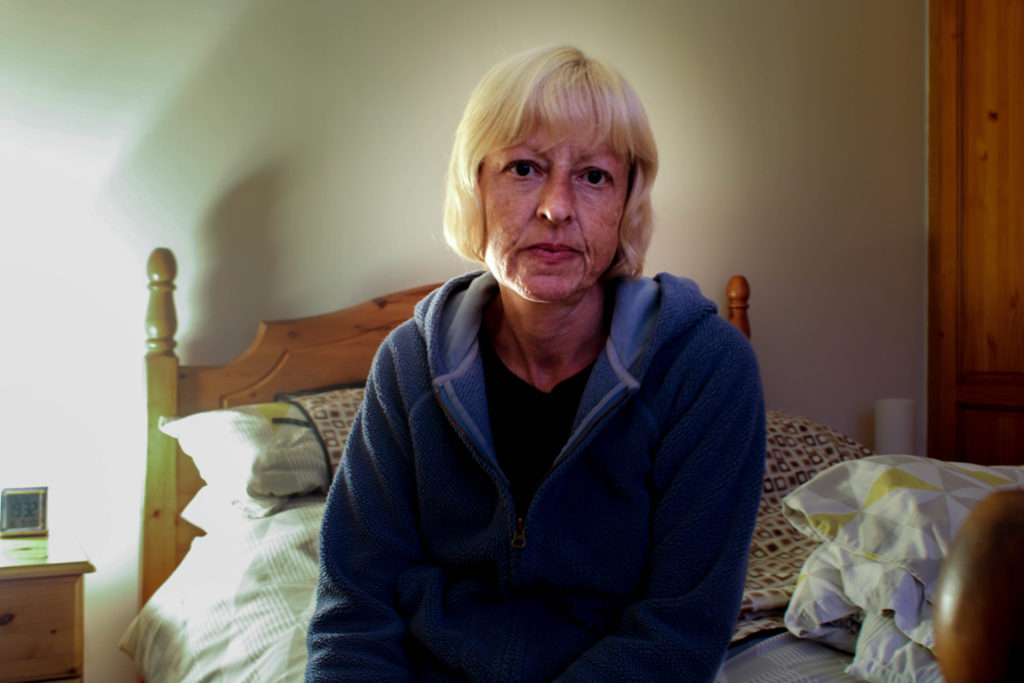
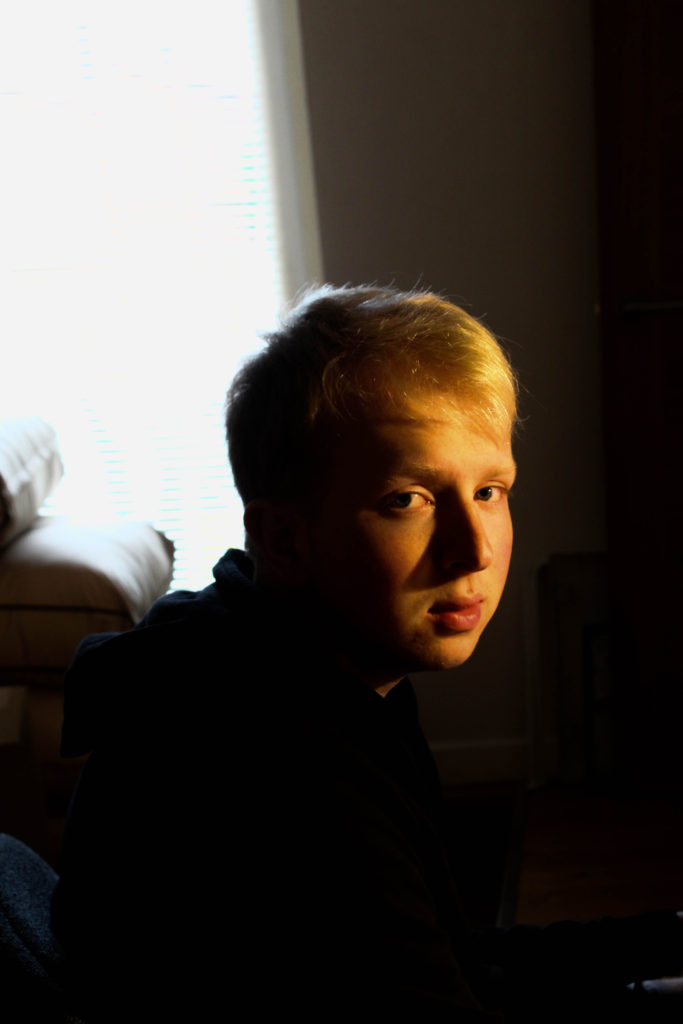
Black and White Edits:
For my black and white edits I chose photographs, in which the artificial lighting was naturally darker and was the natural lighting within that environment in the house. To start off I began by adjusting the photographs by correcting the white balance, adjusting the white, blacks, contrast and structure. Then using the radial filter, which allowed my subjects face to be the main focal point of the image. It allowed me to adjust the background of the composition, allowing my subject to be illuminated and centre of attention
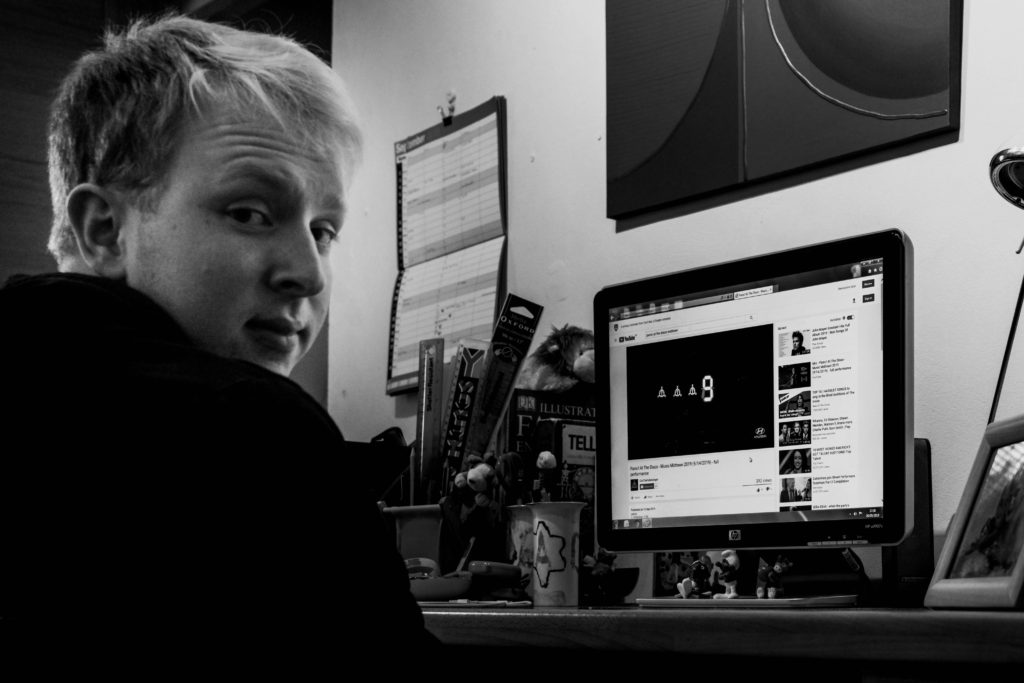
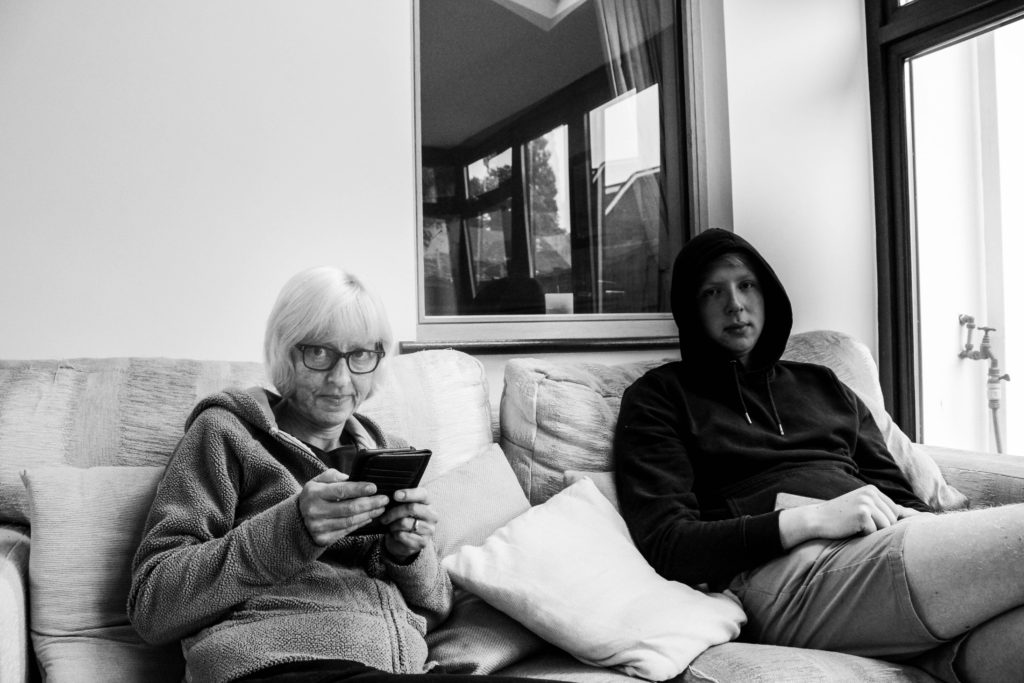

Above, I believe is my top outcome from the photoshoot, due to the technical and visual elements the photograph holds. Conceptually, I was showcasing my brother in his room, where he spends a lot of time alone. To me it was important to not only capture him but also the background behind him (taking inspiration from Michelle Sank) as it helps to develop our understanding of his personality. Visually, the composition of the frame is kept simplistic. I wanted to create a sense a space, through the position of my subject within the frame, clear use of the technique rule of thirds. In addition to the formal element of space, I also wanted to showcase form, and shape, which is clearly presented to the layout of the frame and the background. In this photograph, the subject is located in the foreground, and the background is the layout of his room, which allows a slight narrow depth of field to present within the work, suggesting a slightly raised aperture. Technically, the shutter speed is kept quick due to no intended blur and the subject being still. For this photograph I slightly raised the ISO, for an artistic purpose, in order to create a slight bit of noise, helping to emphases a homely atmosphere. Having this ISO works in cohesion with the warm, soft artificial lighting which was used, as well as the sunlight ISO which helped to emphasise the warmth, which creates the homely and welcoming environment.
Evaluation:
To evaluate I believe I have been able to successfully explore environmental portraits within my home environment. I researched and gained a connection with my subjects allowing an accurate representation of my subject’s personality and how their natural environment describes them. I produced some successful photographs, which showcase my ability to use different camera settings (ie adjusting the ISO to gain noise for effect), as well as further experimenting and using the different tools within Lightroom, to develop my photograph for effect. To conclude, I am happy with the general aesthetic of my work and the final outcomes produced. It also shows further exploration into this form of documentary photography, from my previous work where I looked at gender stereotypes in the early 20th century.
The Jersey War Tunnels are a reminder of the occupation of the island during World War 2. The War Tunnels are one of many fortifications that the Germans built on Jersey. The tunnels were blasted out with gunpowder and handtools, and then covered with concrete. The hospital was dug into a slope, so that it would drain naturally. Its location within the hill also ensured that the temperature remained constant throughout the year. The tunnels were originally constructed as an ammunition store and artillery barracks but the Germans converted them to a casualty clearing station as D-Day drew nearer. Today The Jersey War Tunnels are an exhibition dedicated to how the occupation affected the islanders and the island. Areas have been restored to show how the hospital looked during the occupation.






This series of images show a narrative of the typical objects that could have been found in a household during World War 2. Most of the images are still life because of the inanimate subject matter depicted. The sequence of the images tell a story of what it must have been like to be a citizen in Jersey from the beginning of World War 2 until Liberation Day.
The first five images are in the filter B&W punch to represent the German Occupation in Jersey. The images have high contrast between black and white making the photo very sharp. The B&W filter represents life in Jersey during the German Occupation where the people were oppressed and suffering without sufficient resources. I decided to edit the majority of my images in black and white to emphasise the historical yet cold atmosphere during the Occupation. The filter also helps to showcase the negative impact war had on the citizens of Jersey.
For my colour edits I produced two final outcomes. The last two images are in colour to represent Liberation Day in Jersey which took place on the 9th of May. The UK flag is depicted in both images to represent the freedom of the Jersey citizens.




I decided on my final images, and the below images are the final images after editing in Photoshop:
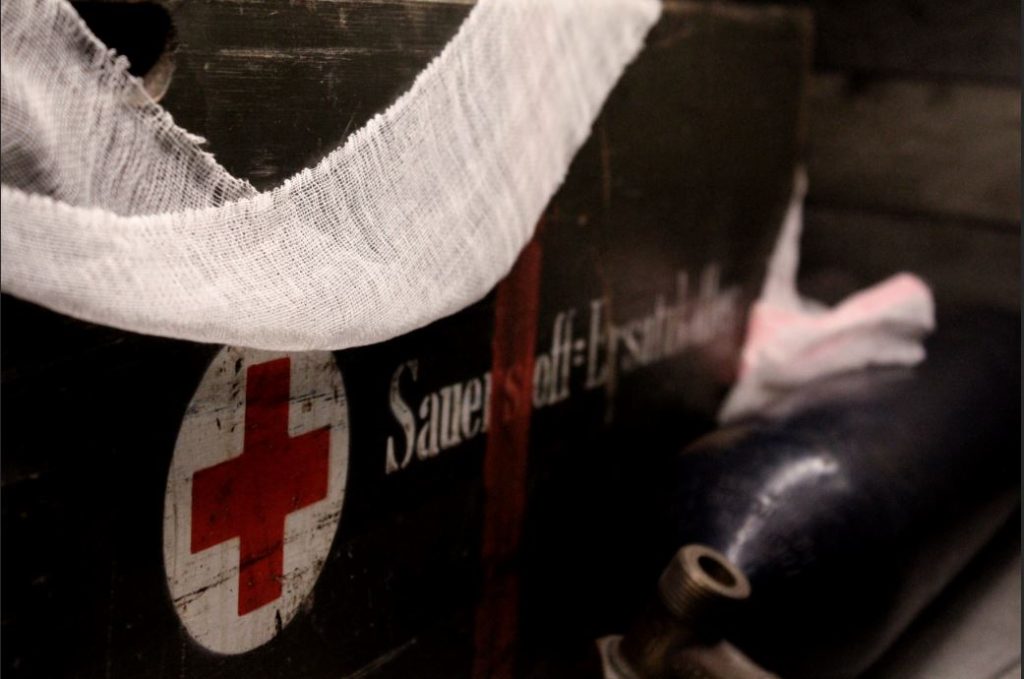

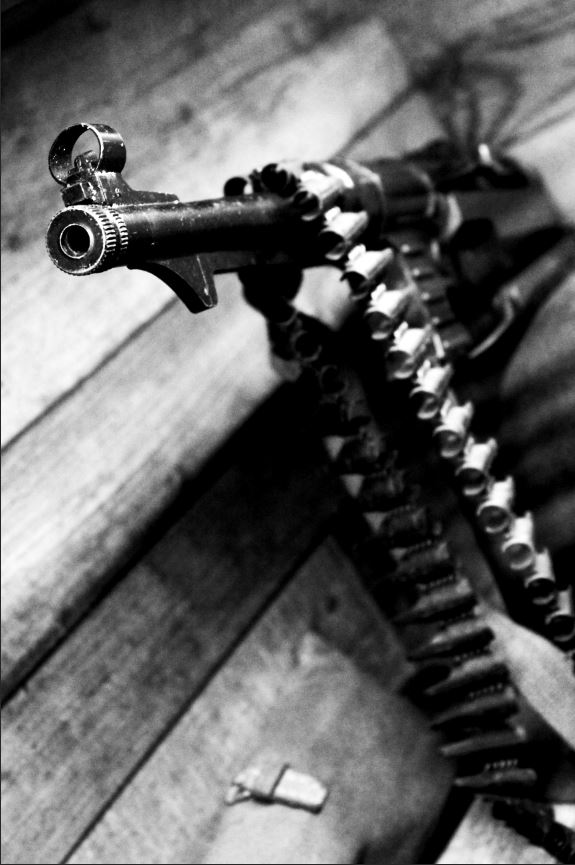
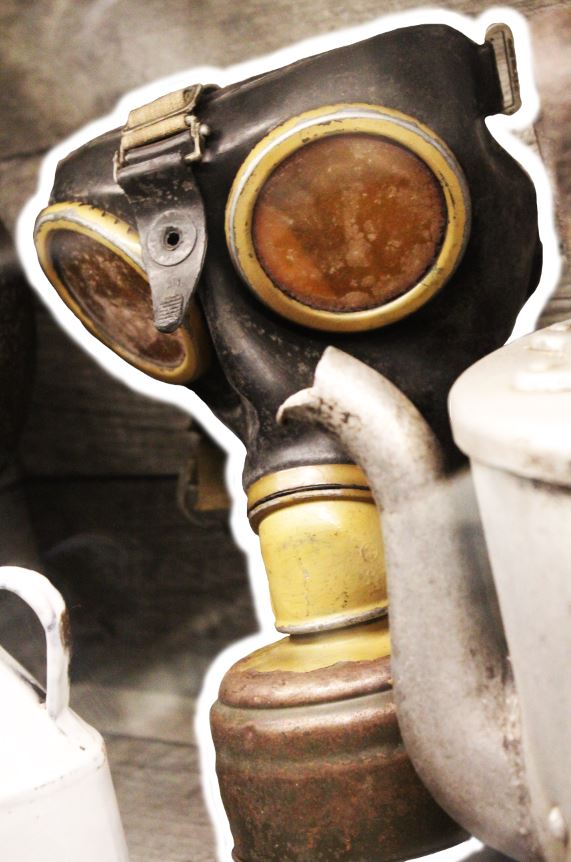
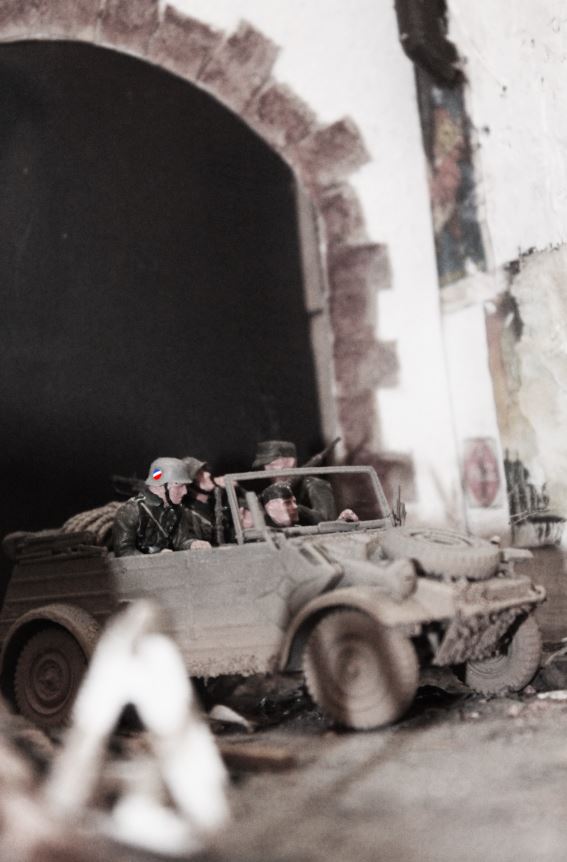
In Photo-shop, I was able to use the following techniques to produce the final images:
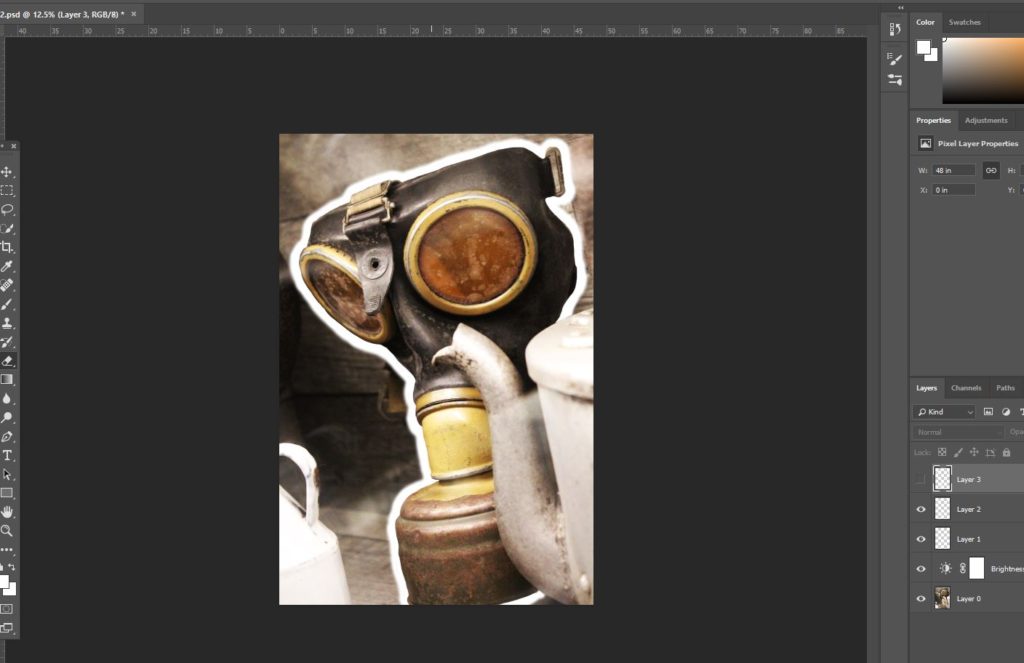
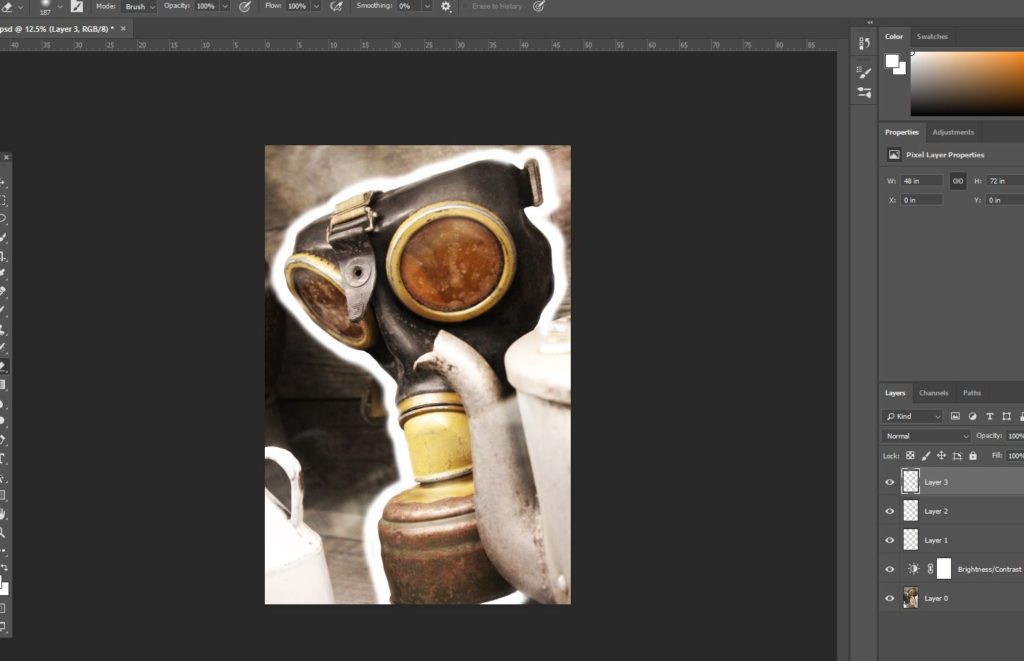
In the above 2 images, I was experimenting with the width of the boarder around the gas mask, and to do so, I used the brush tool to draw outlines of different widths. I also experimented with the softness of the outline, originally working with a hard line, and then moving towards a softer outline version. In this image, I was attempting to make a distinction between the background and the gas mask. The concept of this image was to show how, during the war, conflict and violence became a common part of life, and to do this, I made a distinction between the gas mask, and the teacups and kitchenware placed directly next to it. By arranging the gas mask and familiar kitchen ware together, it can be established that fear of an enemy gas attack lay around every corner, and nowhere (not even the safety of home) was safe from the threat of violence. This image merges the two opposites together (fear and safety), and in editing an outline around the gas mask, it draws more attention directly to the mask itself, and also disconnects the mask from the rest of the image. In doing so I am able to make some distinction between the kitchen ware and gas mask, hopefully drawing more attention to the fact that these 2 things should not be seen as normal together, and yet also presenting the fact that in reality, they were.


The 2 images above are examples of the colour editing I worked on in the below image. I used two different layers when it came to editing this image, the first image including the background, and the second layer including the soldier in the foreground. I reduced the saturation of the background in order to give it a more somber tone, reflective of the reality of conflict and war, and in order to contrast this, used the layer on which the soldier sat to heighten the saturation, showing contrast between the background and the individual soldier in the foreground. As a concept, I did this because I was attempting to reflect the reality that all soldiers during the occupation were individual people too, with hopes and fears, many of which did not want to leave their families in Europe to come and occupy Jersey. I chose a single soldier and made him easily distinguishable from the rest, regardless of his own insignificance in terms of the whole image, because I wanted to convey the idea that all individuals, German and Jersey, were people that were individually affected by the impact of the war/occupation, and should not all be grouped together as “enemy” or “friend”.
